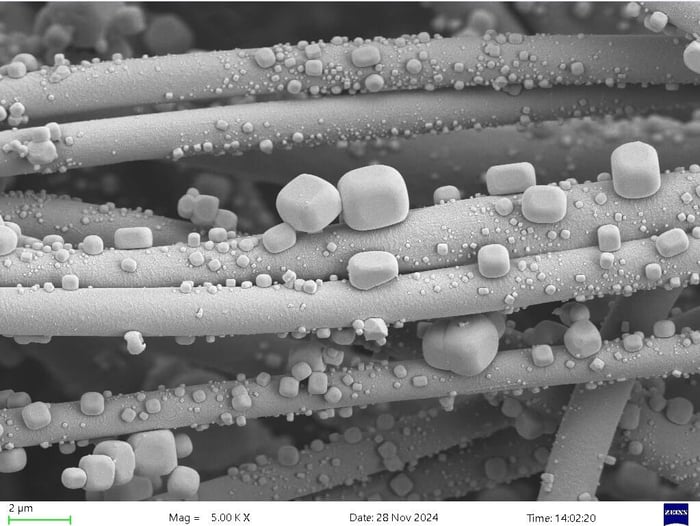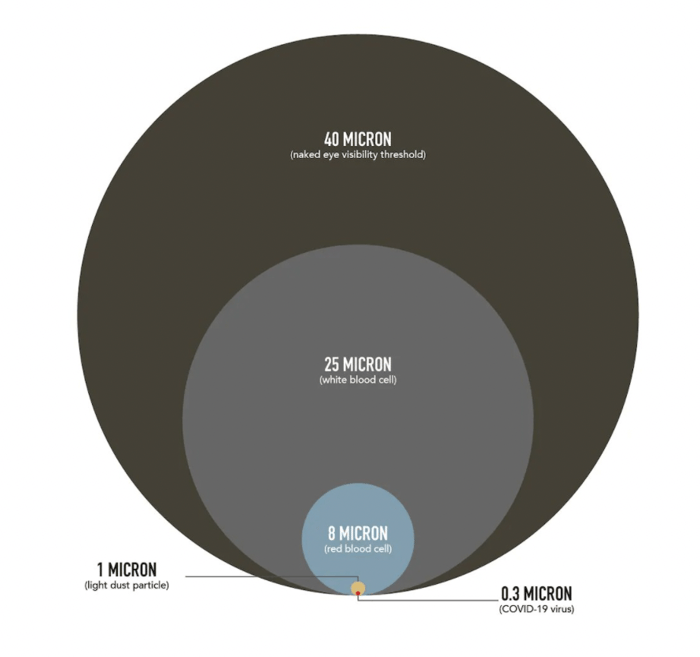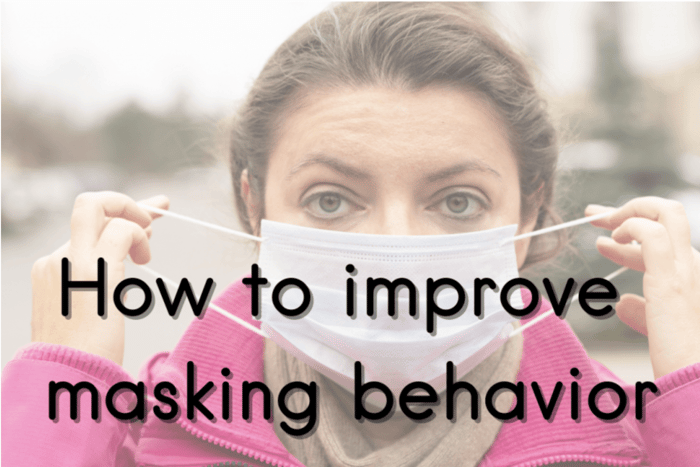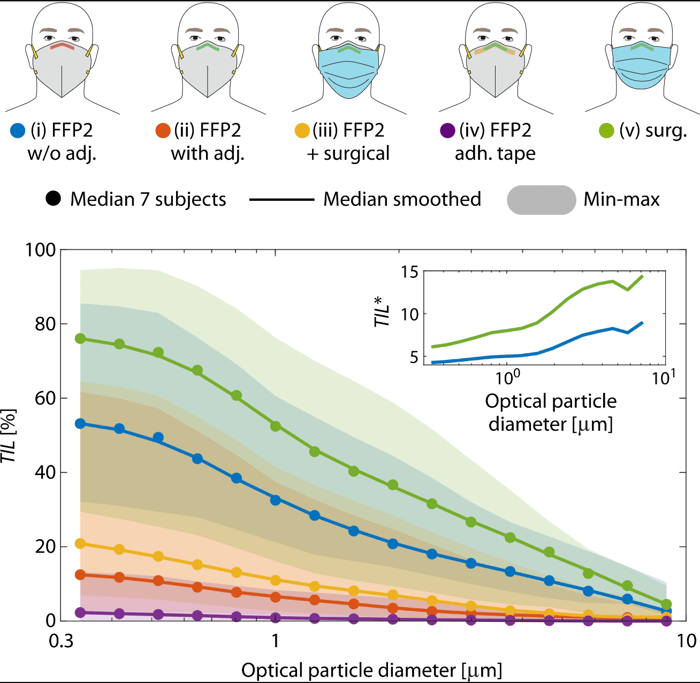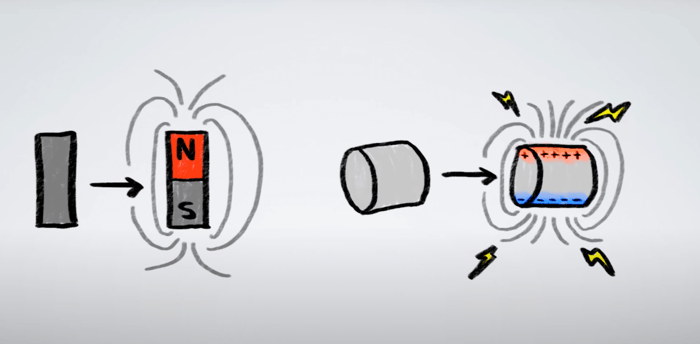This thread will explain *how* masks block #viruses much smaller than the size of the holes in the #filter and why you can still smell nasty things while wearing effective masks.
One of the issues is that there are different types of masks that are designed for different purposes. Cloth masks and the common blue earloop procedure masks were never designed to protect people from airborne pathogens that hang in the air for extended periods of time. 3/
#COVID and other respiratory viruses are transmitted via aerosols breathed, talked, coughed, sung, and sneezed into the air from an infected person. 4/
Someone can enter a poorly ventilated room after the infected person has left and still breathe in enough aerosols to become infected themselves. You can learn more about transmission and multiple methods to protect yourself here ( ). 5/
Some masks, more commonly known as respirators, are designed to stop aerosols and other particulate matter are used not only in medical settings but also industrial, commercial, and construction sectors to protect against many different airborne hazards. 6/
These are usually certified by some regulatory body with designations like N95 or N99 (NIOSH) in USA ( cdc.gov/niosh/npptl/topics/r... ), FFP2 or FFP3 (EN 149) in Europe ( icc-iso.org/index.php/en/certifi... ), and CA-N95/N99/N100 (CSA Z94.4.1) in Canada ( csagroup.org/store/product/C... ). 7/
The material these certified respirators are made from will be able to filter more than 95% of particles of a certain size, and often more than 98%/99% but that is only for air that passes through the filter. 8/
The most important part is how well the respirator fits on your face. If the fit is poor and there are gaps for air to go around, none of that air will be filtered. 9/
This image has been used as an example of how masks couldn't possibly work since the size of a single COVID-19 virus (virion) is 0.3 micron, smaller than a light dust particle. Many don't understand how viruses travel through the air and how the physics of masks actually work.10/
First, viruses don't travel on their own through the air, they catch a ride inside larger aerosols which also contain water, mucins from the lining of the lungs, deep lung fluid and surfactants to make up the complex blob
Here's an electron microscope image of salt particles on the fibes of a KN95 by
.The image is of a NIOSH-type salt loading test of the melt blown filter media used in Zimi 9541.The "big" crystals are about 1.5 microns. The smaller captured particles are as small viruses like Covid.Covid virions are about .07 microns, are expelled into the air in larger respiratory droplets.